To improve urinary flow
This is a procedure carried out in an effort to improve urinary flow which in turn helps with other symptoms such as urinary frequency, urinary urgency, and getting up at night.
It is performed in men with small prostates, as the prostate only needs to be cut to create an effect. Larger prostates require a "rebore" ie. prostate tissue is removed to create an open channel.
Procedure
The operation is carried out under general anaesthetic at Grace Hospital.
You will be admitted on the morning of the surgery. It is important you have nothing to eat or drink for at least six hours prior to your operation.
The procedure itself is performed via the urethra. Once you are asleep, intravenous antibiotics are given and a telescope is passed through the urethra and into the bladder.
The prostate sits just before the entrance to the bladder. A laser is then used to cut the prostate. This creates a wide-open channel, which improves your flow and reduces the pressure at which you need to pass urine. As no prostate needs to be removed, the procedure is usually short (usually around 30 minutes).
A catheter tube will be placed and usually remains in for 1 night.
The operation is done entirely through the urethra, so there is no wound and there are no sutures.
Post Procedure
Despite what you may think, this is not a particularly uncomfortable procedure and most patients feel pretty good and are able to receive visitors within about three hours of the operation finishing.
Many men experience a sense of urinary urgency and a feeling that the bladder is full despite the presence of a catheter. This is very common and is due to the balloon which holds the catheter making your bladder think that needs to go. Medications can be given that help with this.
The catheter is usually removed at 6 a.m. the morning after surgery. Once you have passed sufficient urine you will be able to go home.
It is quite common when you first start voiding that you have very little control over your bladder. You may have quite a lot of urgency and frequency and sometimes you may not make it to the toilet in time. This is a result of your bladder still thinking that it has to push hard in order to empty. The problem can be quite marked on the first 3 or 4 days postoperatively but it generally resolves quite quickly after this (although there are some patients that will need medication to control their bladder while it does settle).
About 25% of patients who are having a laser prostatectomy/bladder neck incision for urinary retention will not void immediately following the removal of the catheter. If this is the case, a catheter will be placed and left in for a few further days. Our specialist continence nurses will visit you postoperatively and be the first point of contact if you should have any problems or questions.
Post-operative complications
All surgical procedures are associated with some risk. General risks include urine infection, blood clot formation, and pneumonia but in practice these are rare. The specific risks relating to laser prostatectomy are outlined below.
The main risks following this procedure are retrograde ejaculation and scar formation. The procedure has no effect on erectile function.
Retrograde ejaculation
This is an almost invariable consequence of the procedure. As part of the operation, the neck of the bladder is cut and this means that when you ejaculate instead of the semen coming out of the urethra it goes backwards into the bladder. Nearly all men will notice a reduction or absence of seminal fluid with ejaculation. This is not dangerous but does make it difficult to father children and if you are considering having more children you should delay prostate surgery.
Scar formation
Any urethral instrumentation, including simple catheterisation, can lead to scarring. The scar can be in the urethra itself or at the level of the bladder neck. The overall risk is less than 5%. If you do develop scarring further surgery may be required in order to sort this out.
Return to work
This depends on your job. Those with a heavy physical job may need to take 3 or 4 weeks off because heavy exertion can result in bleeding from the prostate. This is not dangerous but it is very unpleasant to pass blood clots and if you are unlucky these can block the bladder off completely.
If you have a more sedentary job you may be able to go back to work after only a week.
As outlined above, however, many patients get quite a marked urgency and frequency in the first 3 weeks following the operation and it may pay to be close to a toilet at this time!
Follow-up
Judy Kelly, our continence nurse, will see you on the ward at Grace Hospital, and keep in contact with you. We will see you back at the Bay Urology with a flow rate after about 6 weeks post-operatively.




